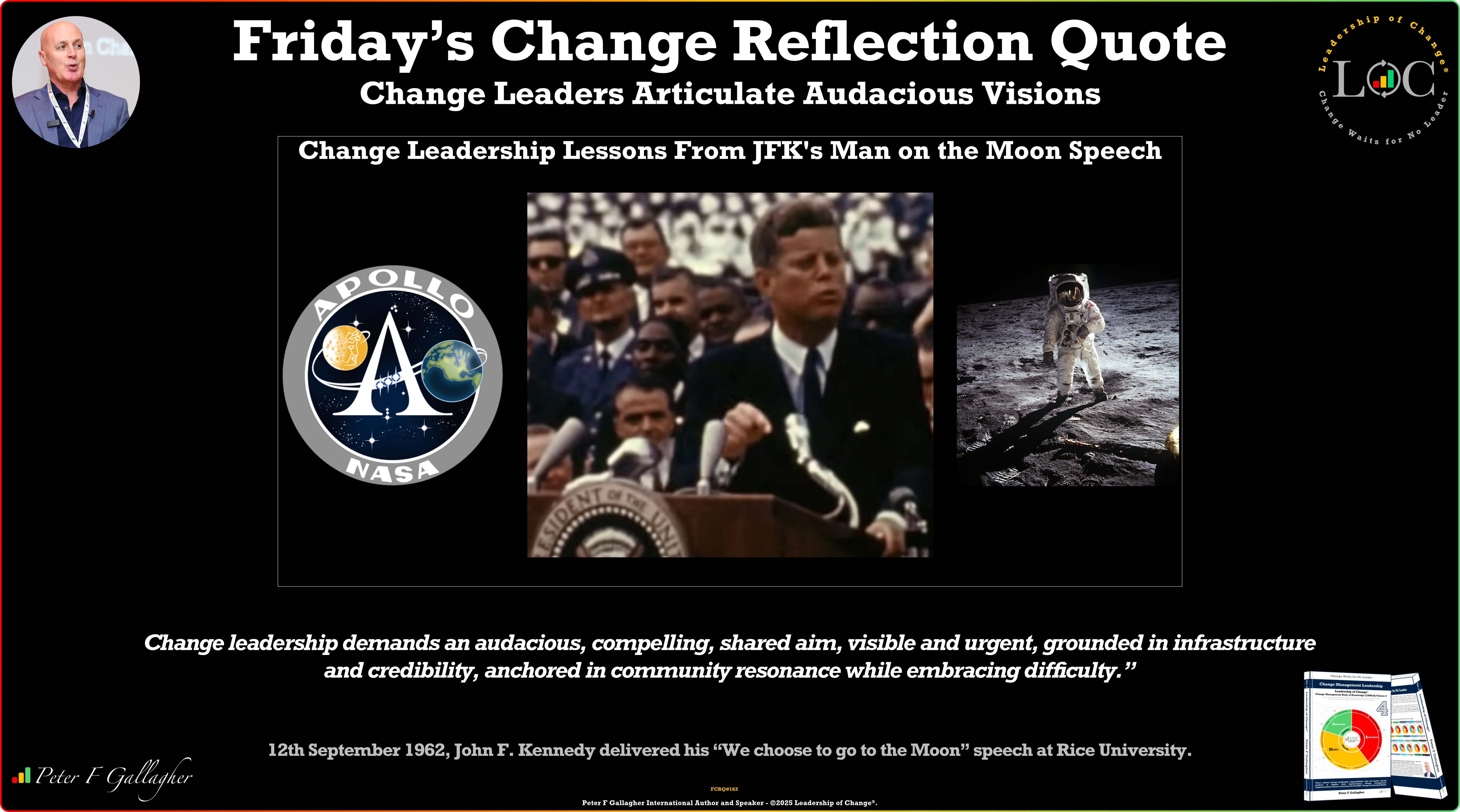Aug12

The formula Q×A=E is a strategic tool that underscores the importance of both the technical and human elements in any change initiative. Here’s a breakdown of what each variable represents:
Q = Quality of the Solution: This component focuses on the technical merit of the change. It could involve the robustness of a new process or the efficiency of a system upgrade. In essence, it’s about how capable and well-designed the solution is delivering the desired outcomes.
A = Acceptance of the Solution: This variable captures the human dimension of change and it refers to how well the change is received by those affected (employees, stakeholders, or customers). It relates to factors like buy-in, commitment, and support. Even the most ingenious solution will fail if people resist it.
E = Effectiveness of the Solution: Effectiveness is the measure of success for the change initiative. It reflects how well the change achieves its intended goals, which is determined by both tha quality of the solution AND its level of acceptance.
To truly understand the power of this formula, it’s important to recognize the relationship between quality and acceptanc - two variables that are both equally important. Consider the following:
High Quality, Low Acceptance: A Recipe for Failure
Imagine an organization introduces a new software system designed to streamline operations. The system is highly sophisticated, leveraging cutting-edge technology to automate complex processes. On paper, it’s a brilliant solution. However, the employees who are supposed to use the system feel blindsided. They weren’t consulted during the development process and are anxious about how it might affect their roles. Despite the system’s high quality, its effectiveness suffers because the people who need to use it are not on board.
High Acceptance, Low Quality: A Missed Opportunity
Consider another scenario where the leadership team of a company decides to implement a new communication platform. The employees are enthusiastic about the change, having been fully engaged in the selection process and seeing the platform as a positive step forward. Acceptance is therefore high. However, the platform proves to have many technical flaws—it’s slow, unintuitive, and lacks critical features. In this case, the high acceptance is under ined by the low quality of the solution, leading again to poor effectiveness.
Balancing Quality and Acceptance: The Key to Success
To maximize effectiveness, organizations must strive for both high-quality solutions and high levels of acceptance. This means that during any change initiative, equal attention must be paid to ensuring that the solution is technically sound and that the people affected by the change are fully engaged and supportive.
Understanding the formula is just the first step; the real challenge lies in applying it. Here are some strategies that organizations can use to enhance both the quality of their solutions and the level of acceptance:
Involve Stakeholders Early and Often
One of the most effective ways to ensure high acceptance is to involve stakeholders early in the change process. This means engaging employees, customers, and other key players in discussions about the need for change, soliciting their input on potential solutions, and keeping them informed throughout the process. When people feel heard and valued, they are more likely to support the change.
Invest in Thorough Planning and Analysis
To ensure high quality, it’s crucial to invest time and resources in thorough planning and analysis. This includes conducting feasibility studies, assessing potential risks, and testing solutions on a small scale before full implementation. By taking a methodical approach, organizations can develop solutions that are not only innovative but also practical and reliable.
Communicate Clearly and Transparently
Communication is key to driving both quality and acceptance. Leaders should clearly articulate the vision behind the change, explain how the new solution will benefit the organization and its people, and address any concerns head-on. Transparency fosters trust, which is essential for achieving buy-in.
Provide Training and Support
Even the best solution will struggle to gain acceptance if people don’t know how to use it. Providing comprehensive training and ongoing support is vital for helping employees adapt to new systems, processes, or structures.
Monitor and Adjust
Finally, organizations should recognize that change is not a one-time event but an ongoing process. By monitoring the implementation of a solution and gathering feedback, leaders can identify issues early and make necessary adjustments. This iterative approach allows for continuous improvement in both the quality and acceptance of the solution, leading to greater overall effectiveness.
The Q×A=E formula serves as a powerful reminder that successful change requires a delicate balance between the technical and human elements of any initiative. By focusing not only on developing high-quality solutions but also on fostering acceptance among those impacted, organizations can maximize the effectiveness of their change efforts. In a world where change is constant, understanding and applying this formula can make the difference between success and failure.
Note: I do not know who should be credited for the Q x A = E formula. Unless mistaken, I came accross this concept when reading the book Making Six Sigma Last by George Eckes quite some years ago!
By Dr. Morphis Tsalikidis, PhD
Keywords: Management, Leadership, Change Management
 China Outpaces U.S. in Shipbuilding: 1,000 to 8
China Outpaces U.S. in Shipbuilding: 1,000 to 8 The Innovation Dilemma: Open-Weight Versus Proprietary Models in Knowledge Distillation
The Innovation Dilemma: Open-Weight Versus Proprietary Models in Knowledge Distillation From Caves to Corner Offices: Why Grant McGaugh’s “First Light” Breaks Every Rule of Business Literature
From Caves to Corner Offices: Why Grant McGaugh’s “First Light” Breaks Every Rule of Business Literature Why Risk Strategy Starts with Trust
Why Risk Strategy Starts with Trust Friday’s Change Reflection Quote - Leadership of Change - Change Leaders Articulate Audacious Visions
Friday’s Change Reflection Quote - Leadership of Change - Change Leaders Articulate Audacious Visions